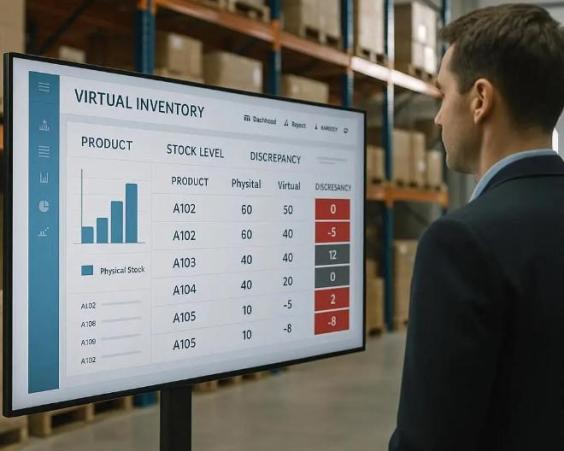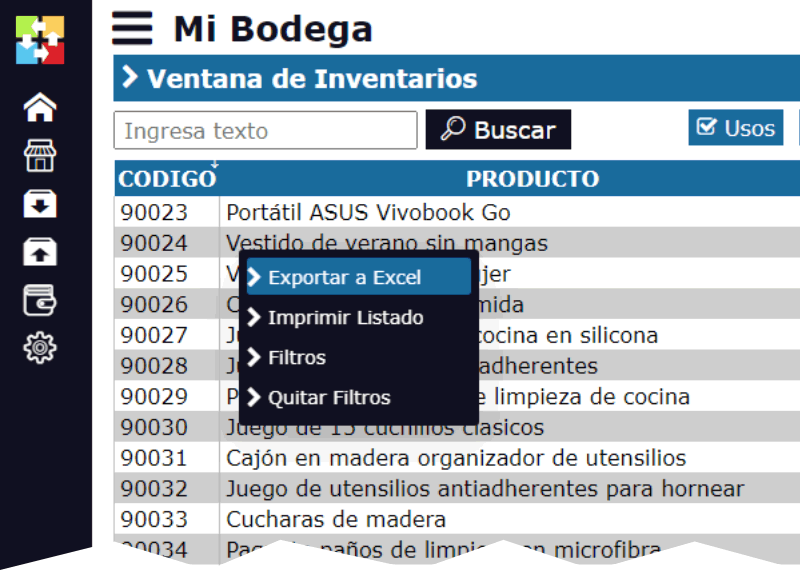How to calculate hidden stockout in systems with virtual and physical inventory.
How to Calculate Hidden Stockout in Systems with Virtual and Physical Inventory
In inventory management, hidden stockout is a common problem that can have a significant impact on a company's efficiency and profitability. Although hidden stockout can be difficult to detect, it is essential to calculate it to take corrective measures and optimize inventory management. In this article, we will explore how to calculate hidden stockout in systems with virtual and physical inventory.

What is Hidden Stockout?
Hidden stockout refers to the situation where a product is shown as available in the virtual inventory, but is not actually available in the physical inventory. This can occur due to errors in inventory updates, synchronization problems between virtual and physical inventory, or simply because the product has not been updated correctly in the system.
Consequences of Hidden Stockout
Hidden stockout can have several negative consequences for a company, including:
- Loss of Sales: When a customer tries to buy a product that is shown as available in the virtual inventory, but is not available in the physical inventory, the company can lose the sale.
- Customer Dissatisfaction: Hidden stockout can generate customer dissatisfaction, as customers may feel that the company is not reliable or cannot fulfill its promises.
- Additional Costs: Hidden stockout can generate additional costs for the company, such as the cost of replacing the product or the cost of maintaining a larger inventory to avoid future stockouts.
How to Calculate Hidden Stockout
To calculate hidden stockout, a detailed analysis of inventory and sales data is necessary. The following steps are presented to calculate hidden stockout:
Step 1: Collect Data
Collect data on virtual and physical inventory, including the number of products available in each. It is also necessary to collect data on sales and canceled orders due to stockout.
Step 2: Identify Products with Hidden Stockout
Identify products that are shown as available in the virtual inventory, but are not available in the physical inventory. This can be done through an analysis of inventory and sales data.
Step 3: Calculate the Hidden Stockout Rate
Calculate the hidden stockout rate as the number of products with hidden stockout divided by the total number of products available in the virtual inventory. This can be expressed as:
Hidden Stockout Rate = (Number of products with hidden stockout / Total number of products available in virtual inventory) x 100
Step 4: Analyze and Adjust
Analyze the results and adjust inventory management as necessary. This may include implementing measures to improve synchronization between virtual and physical inventory, updating inventory processes, and training personnel.
Conclusion
Hidden stockout is a common problem in inventory management that can have a significant impact on a company's efficiency and profitability. By calculating hidden stockout and taking corrective measures, companies can optimize inventory management and improve customer satisfaction. It is essential to remember that inventory management is a continuous process that requires constant monitoring and adjustment to ensure efficiency and profitability.





